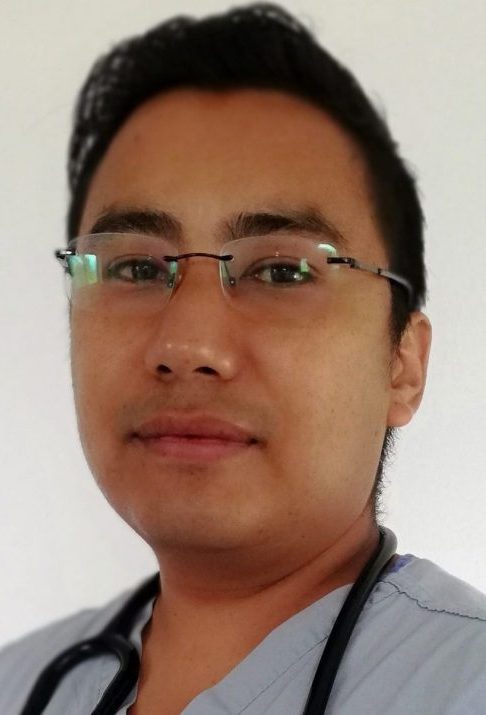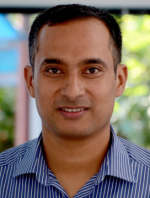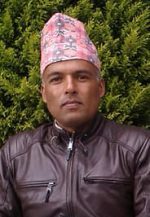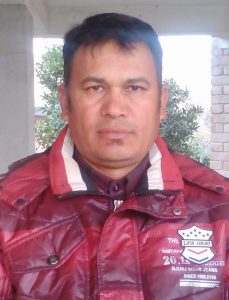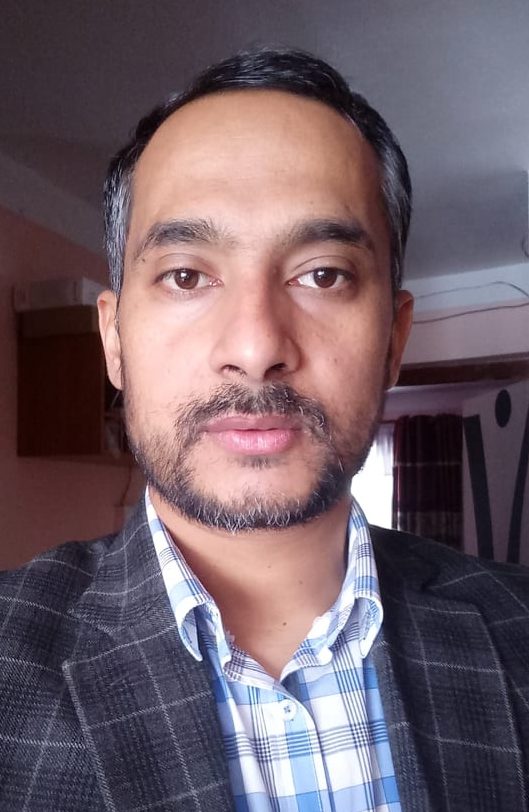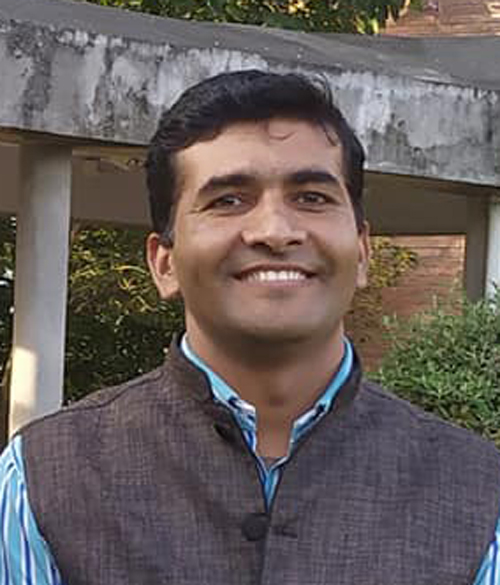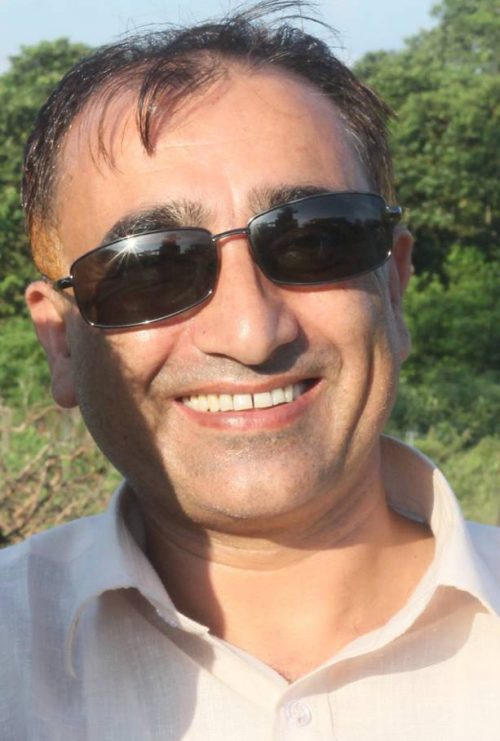– Dr. Nirish Vaidya, MD
Last year, I visited one of my uncles at his home. He had recently survived an Acute Myocardial Infarction, generally understood as ‘Heart Attack’. Thanks to his timely visit to a hospital he was doing remarkably well when I met him. But he had got every chance to pour his resentment to another hospital where he had got the so-called ‘whole body check-up’ performed few months before and was billed almost 10,000 Nepalese rupees then. He said he had an ECG done which was completely normal, along with other tests. He could not actually believe he could ever land up to the emergency room in few months after those normal reports.
My uncle is one of the many people who come across such lucrative advertisements of ‘whole body check-up packages’. With the boom of the number of poly-clinics, hospitals and laboratories in recent years, we are often flooded with such advertisements, and many of us are simply attracted to it as the cost looks reasonable. Sometimes the names of these packages are analogous to the rooms of a resort: Normal, Deluxe and Super Deluxe. And, sometimes, there is a promise that doing one test will make other test free.
Your health cannot be reduced to a package. It is not a vacation. A layman cannot by any means make sense of these packages other than the weight of his pocket. The main reason behind these packages is, if a laboratory performs a specific test in bulk, the processing cost is significantly minimized. There are other reasons, too.
I do agree that many people are eventually diagnosed with many diseases such as Diabetes, thyroid disorders, and kidney diseases, without any apparent symptoms. But larger number of people are actually doing unnecessary investigations. I do not mean to discourage people from doing these tests as a part of regular investigations, but doctors only find investigations useful when these tests are symptoms-driven. A normal blood test report cannot guarantee a finite number of years that one should not worry. Sometimes normal reports would rather create problems. I’ll give you examples. If a chronic alcohol consumer finds his liver function test parameters in normal range, he will never minimize his amount with a belief that his liver is unharmed by alcohol. Yet, he may be a year close to irreversible liver damage. If I tell a heavy smoker that his chest X-ray looks normal, his family will stop pressurising him to quit smoking and he will easily ignore his mild symptoms for the next few months or years.
What does a “super deluxe package” include to a maximum? A complete blood count where it measures the amount of your blood cells, a urine routine test, blood sugar level, thyroid hormone level, kidney function test, measure of blood cholesterol levels, liver function tests, a chest X Ray, an ECG (measuring electrical activity of your heart beat), an echocardiogram, an abdominal ultrasound or may be one or two more investigations. This has covered not more than a dozen of organs. So, how can we get reassured that our whole body has been evaluated? It is not possible to screen some organs by simple tests. Diagnosis of many diseases needs much sophisticated investigations. My point here is, we cannot rule out what is going on in other organs by sending these few investigations making people falsely believe that they are completely fine.
I’ll give few more examples that whole body check-up is just a myth. A cancer in your bile duct will not cause any symptoms or abnormality in blood tests until it is large enough to impede the normal flow of bile. But from the time it is large enough, most of these patients will only be living only for months. No ECG can predict the probability of having a heart attack. There must be at least significant occlusion in your coronaries (heart blood vessels) to get any changes in ECG, and it can be completely normal until a minute before the attack as in the case of my uncle.
Hence, I reiterate that probability of any disease is largely driven by symptoms, the life style, the built, the family history, previous illness records, underlying illnesses and many more variables. It is recommended in many countries to have routine tests only after one’s age crosses 40 or 50. American Diabetes Association recommends screening blood sugar for all asymptomatic patients of age more than 45 years. It is recommended that any lady on her reproductive age group should go for PAP smear test for cervical cancer every three years. A colorectal cancer screening is recommended to all patients crossing 50 years of age. Breast cancer screening mammogram is recommended annually after a woman crosses 45. These tests are seldom included in the ‘whole body packages’.
To conclude, it is always better to consult your GPs or Physician for routine investigations. Always be clear about the symptoms and concern, be honest about the lifestyle habits to your doctor, and keep track of your family history and past medical records. A targeted investigation is far superior to a random set of tests to screen your health.
[ The author is a Consultant Physician and Lecturer at KU School of Medical Sciences, Dhulikhel Hospital.]
